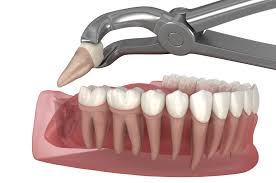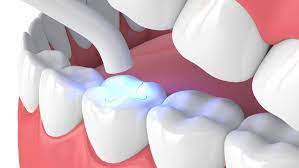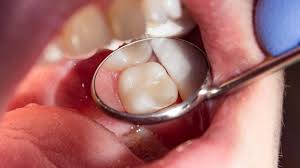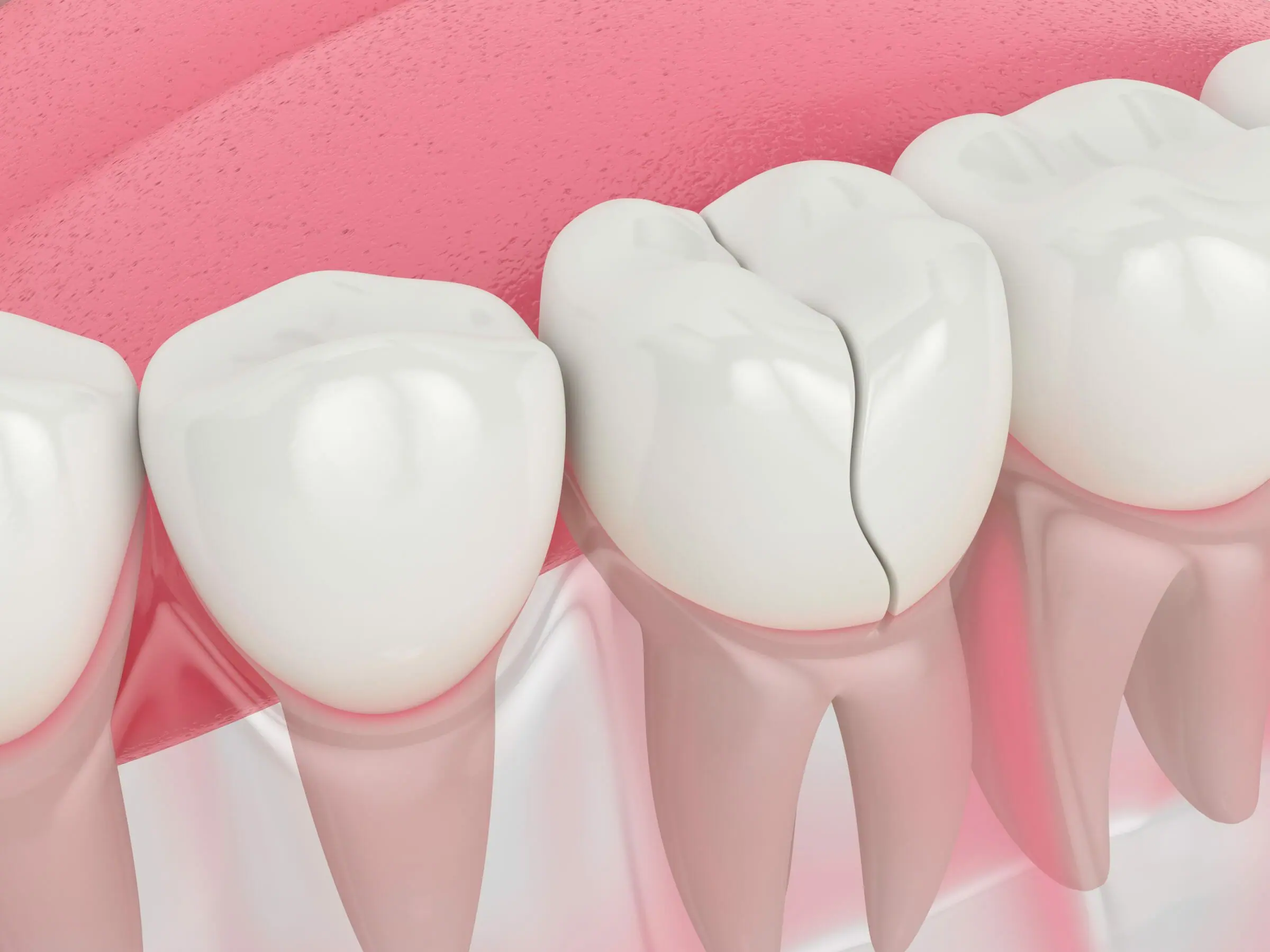Imagine an ancient castle with a strong, protective wall. Over time, cracks appear due to constant exposure to harsh weather. To preserve its strength, the castle’s caretakers repair the wall by filling the cracks with fresh mortar. However, for some time, the newly patched areas remain fragile and sensitive. Similarly, a tooth filling is a repair for a damaged tooth, restoring its function and structure. But just like a repaired wall, the filled tooth may feel sensitive and painful for a while before it fully settles.
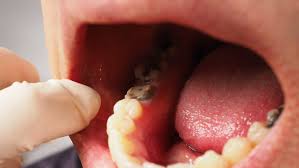
Why Does Tooth Pain Occur After a Filling?
There are multiple reasons why individuals experience pain after a tooth filling. Sometimes, the filling is slightly raised, much like a bump on a smooth road. Every time a vehicle passes over it, the ride feels rough. Similarly, an uneven filling can cause discomfort while chewing.
In other cases, the filling material takes time to bond properly, similar to how fresh cement needs time to harden. During this period, the tooth may react sharply to hot or cold food, just as wet paint is more vulnerable to scratches before it dries.
Additionally, when different metals are used in dental fillings, they can sometimes create an electric sensation, much like how touching two battery terminals together produces a mild spark. This reaction, though temporary, can cause a sudden, sharp pain in the tooth.
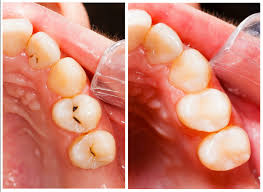
Natural Remedies: A Gentle Healing Approach
Instead of immediately turning to medication, natural remedies offer a soothing and effective way to manage tooth filling pain. These remedies work like a soft pillow under a weary head—providing comfort and relief without unwanted side effects.
1. Clove Oil: A Warrior’s Shield Against Pain
Clove oil acts like an ancient warrior standing guard, protecting the tooth from bacterial attacks. The key component, eugenol, serves as a natural painkiller, much like an invisible armor that blocks discomfort. Simply dabbing clove oil on the affected tooth can numb the pain and reduce inflammation.
A more traditional method is placing whole cloves in the mouth. Like a dry sponge soaking up water, the cloves gradually soften, releasing their healing essence and providing lasting relief.
2. Red Pepper and Ginger: The Fiery Healers
Combining red pepper and ginger creates a powerful remedy, much like a blacksmith forging metal into a strong shield. Both ingredients have natural anti-inflammatory properties that ease pain and improve circulation.
To prepare this remedy, mix red pepper and ginger with a little water to form a paste. Roll a small ball of this paste and place it on the painful tooth, just as one would apply a cooling balm to a fresh wound. The fiery warmth of red pepper and the soothing effect of ginger work together to reduce discomfort.
Caution: Using Remedies Wisely
While natural treatments are beneficial, they must be used with care. It’s like adding spices to a dish—too little may not be effective, while too much can be overwhelming. Misuse of home remedies can lead to irritation or unwanted side effects.
Conclusion: A Path to Comfort and Healing
A tooth filling is an essential repair, just like restoring a broken bridge or reinforcing a weakened wall. Though initial sensitivity and discomfort are common, natural remedies help ease the transition. With patience and the right care, the filled tooth, like a well-repaired structure, eventually becomes strong and pain-free, restoring a person’s smile and comfort.

